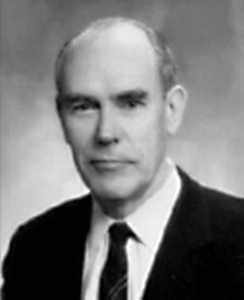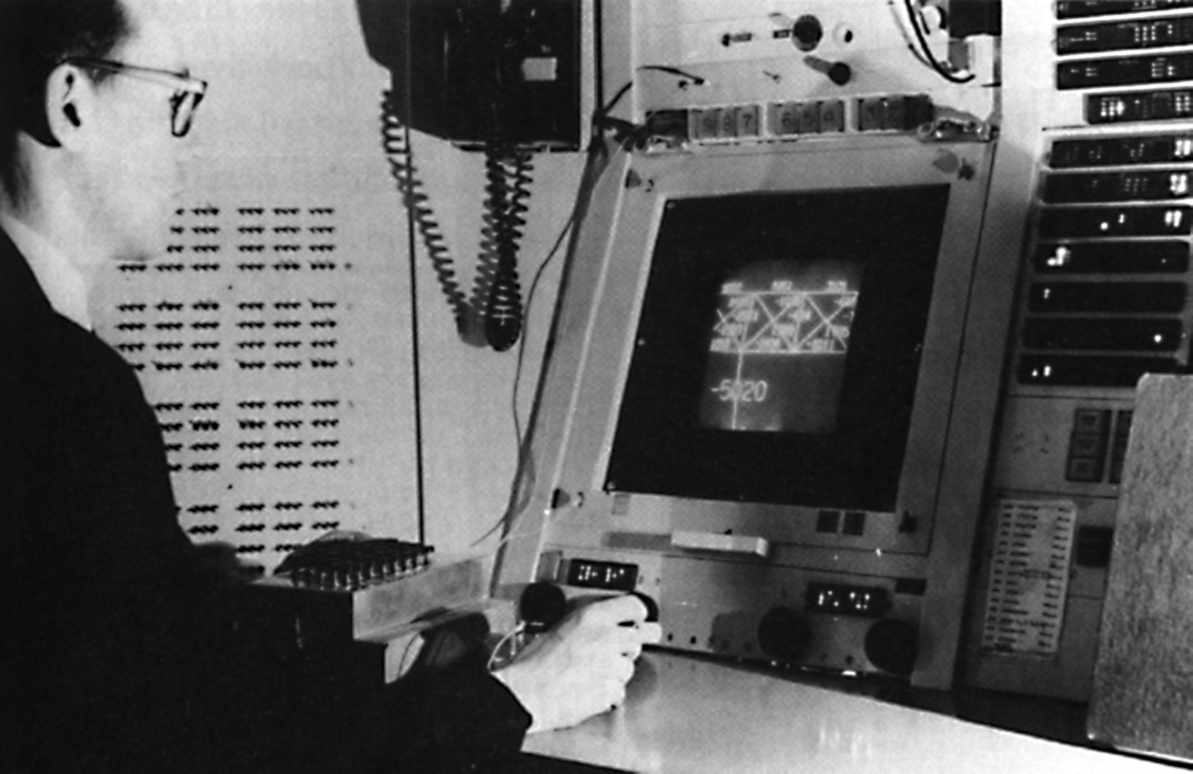| Ivan Sutherland - Father of Computer Graphics |
| Written by Historian | ||||
Page 1 of 3 Computer graphics wasn't invented by one man, but Ivan Sutherland had a lot to do with it and his is the name you generally think of first in connection with its development. Today we live in a world of where we take computer graphics for granted. It is inconceivable that we could go back to the days when the only interface was character-based - even if there are lots of Linux programmers who claim the command line is all you need. What you might find remarkable is that in those bygone days we even managed to find games, like Star Trek, that could be played on an entirely graphic-less computer – and they were judged exciting, addictive even.
Many people have been involved in bringing us this graphics revolution but perhaps the one who deserves to be called the father of computer graphics is Ivan Sutherland. When asked, "How could you possibly have done the first interactive graphics program, the first non-procedural programming language, the first object oriented software system, all in one year?" Ivan replied: "Well, I didn't know it was hard."
Ivan E Sutherland, born 1938,
Ivan Sutherland was born to middle class parents of Scottish and Sutherland's first experience with a computer was with SIMON, a relay-based mechanical computer that was lent to the Sutherland household in 1950 by its designer, Edmund Berkeley. His first big computer program was to make SIMON divide. To make division possible, he added a conditional stop to SIMON's instruction set. His brother Bert helped with the modifications to the hardware. Ivan and Bert must certainly have been among the first high school students to learn to program and it seems to have had almost as much effect as it did on that other great teenage computer enthusiast, Bill Gates. The relay computer was programmed using punched tape and Ivan's division algorithm was the longest program ever written for SIMON - a paper tape about eight feet long. Despite being good at many subjects Ivan had problems with the written word. Many years later he described his spelling as “original” and his writing as “illegible”. This caused him great embarrassment but he never refrained from expressing himself despite the risk. After high school Ivan Sutherland went to Carnegie Institute of Technology (now His supervisor was Claude Shannon, the inventor of information theory, one of the great intellectual achievements of the 20th century. The first problem was what to do work on there as there were so many exciting challenges. At the time the SAGE air defence project needed computers that were fast and had graphical inputs and output. The light pen was invented for the SAGE project but the output displays were crude adaptations of radar displays. MIT had been paid to develop an all-transistor computer, the TX0, to replace and upgrade the Whirlwind valve based machine used in the early days of the SAGE project. In doing so MIT learned not only how to build computers but how useful they were. Soon after they went on to build the TX2, which not only used transistors but also had an array of real time input and output devices. The TX2, completed in 1959, was a 38-bit word machine with a 68Kword main memory. It was slow by today’s standards but very fast for the time with a clock speed of around 0.16MHz. It had a light pen, 16 words of switches that could be tested, 4 digital control knobs, a microphone and speakers. Its graphical output was a 9 inch 1024 x 1024 pixel direct access device that lacked any hardware character generator. For software it had virtually nothing – no operating system just a macro assembler. The TX-1 and TX-2 were the starting points for DEC’s PDP1 and PDP 6 machines – but that’s another story.
TX-2
|
||||
| Last Updated ( Thursday, 28 February 2019 ) |


